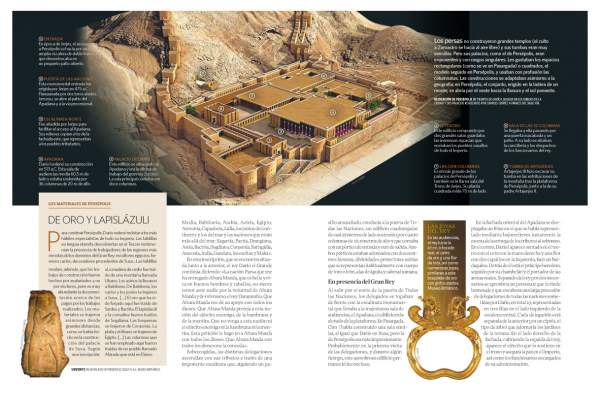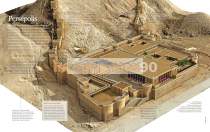Persepolis
Founded in 518 BC by King Darius I (549-486 BC), Persepolis was the capital of the Persians until they were conquered by Alexander the Great in 331 BC. National Geographic History dealt with this monumental city in the report entitled Persepolis: The Lavish Court of the Persian Kings, and included the infographic that reconstructs the splendid city of the Achaemenid dynasty. Both for its location, on a terrace of Mount Kuh-e Rahmat, in the current province of Fars, and for its dimensions, its structure and the magnificence of its monumental architecture, based on Mesopotamian models, Persepolis is unmatched among the capitals of Antiquity. It was a palatial city, dedicated to great religious and State ceremonies, and to impress foreign legations, although there is controversy regarding its functions. The Apadana, the Tachara, the room of the 32 columns and the palaces of the Treasury and of the Hundred Columns are some of the best-known constructions of this unique monumental complex, a work of Darius I and of his successors: Xerxes I and Artaxerxes I. Nearby, excavated in the rock of Kuh-e Rahmat, at the site called Naqsh-e Rostam, are the tombs of several sovereigns of the Achaemenid dynasty. UNESCO declared Persepolis a World Heritage Site in 1979.
Page(s): 40-41



